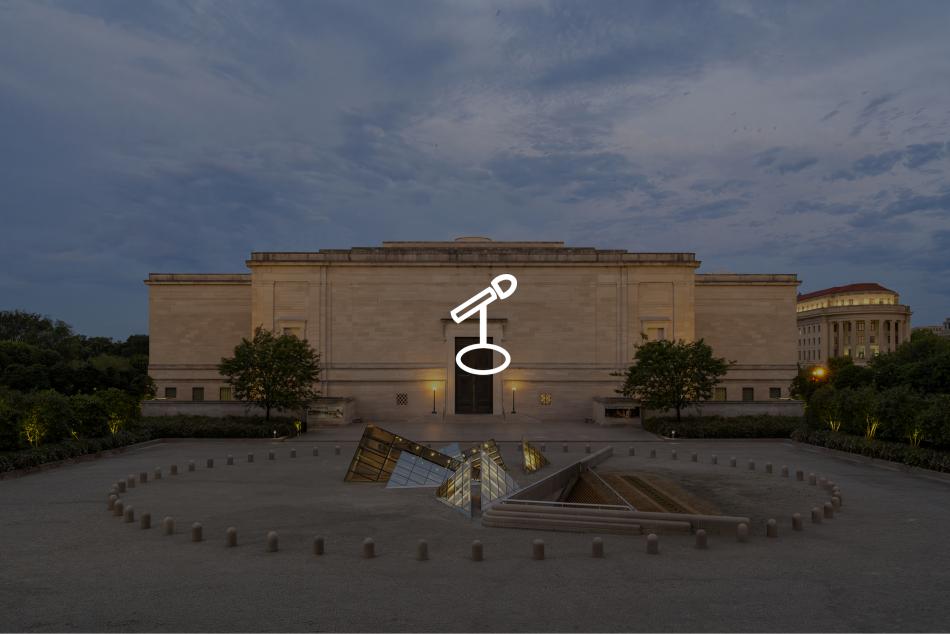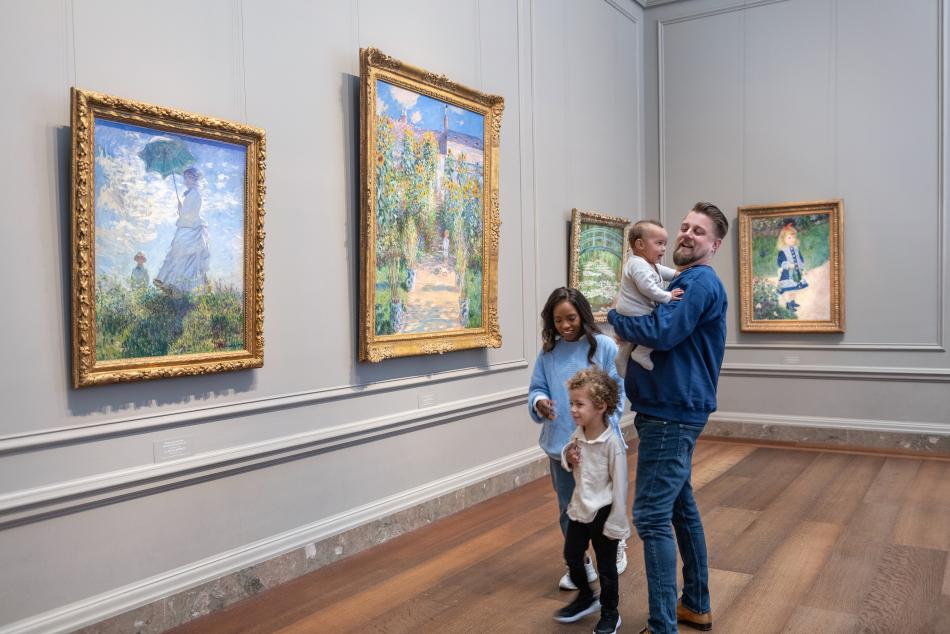Women and the Index of American Design

Carmel Wilson
Silk Couch Cover, c. 1938
watercolor and graphite on paperboard
overall: 29.2 x 36.5 cm (11 1/2 x 14 3/8 in.)
National Gallery of Art, Index of American Design
1943.8.347
Women and the Index of American Design
National Gallery of Art, Washington, January 17–May 31, 2026
Between 1935 and 1942, the US government commissioned over 18,000 watercolors from roughly 1,000 artists to create a comprehensive visual resource of American folk, decorative, and industrial art. Known as the Index of American Design, the initiative was one of many Federal Art Projects undertaken during the Great Depression. The project sought to document and preserve an ancestral aesthetic for the United States, and to provide a foundation for building a truly American modern art tradition. The National Gallery of Art became the steward of this important collection in 1943. The first exhibition to focus on women's contributions to the project, Women and the Index of American Design showcases some 50 works made by 35 of the women who played a pivotal role in this patriotic effort.
The focused installation highlights watercolors by Hal Blakeley, Rose Campbell-Gerke, Lucille Chabot, Suzanne Chapman, Irene Lawson, Elizabeth Moutal, Selma Sandler, and Carmel Wilson, among others. The watercolors capture household objects selected as emblems of American design history—including embroideries, quilt designs, toys, and weather vanes. Carefully rendered and richly colored, these works reflect the objects' original purpose and serve as a lasting visual record of the evolution of American design.
About the Index of American Design
The Index of American Design was an ambitious, government-sponsored, national art project that operated under the auspices of the Federal Art Project of the Works Progress Administration. Described as a "great collaborative enterprise" by Holger Cahill, director of the Federal Art Project, the Index was active in 34 states and the District of Columbia between 1935 and 1942. It engaged some 1,000 artists—many struggling to find work during the Great Depression—who executed more than 18,000 watercolor renderings of applied, decorative, and folk art objects. This comprehensive, researched, visual resource charts the development of American design from the colonial period through the 19th century, identifying sources and trends while preserving design history.
Through every phase of the project, women played a central role. Artist Ruth Reeves (1892–1966) conceived the Index in collaboration with Romana Javitz (1903–1980), picture librarian at the New York Public Library. The renowned cultural historian Constance Rourke (1885–1941) served as the Index's first national editor, directing the selection and research of objects to be illustrated. Artist-illustrator Suzanne Chapman (1904–1990) was primarily responsible for codifying and teaching the watercolor techniques used to ensure the accuracy and consistency of the renderings. The Index offered more opportunities to more American women artists than other programs in the Federal Art Project did, including leadership roles as state supervisors. More than 300 women artists created renderings for the Index.
The exhibition is organized by the National Gallery of Art, Washington.
The exhibition is curated by Amy Johnston, associate curator of collections, department of old master drawings, National Gallery of Art.
Press Kit
Exhibition Press Release: Women and the Index of American Design
Press Contact:
Laurie Tylec
Public Affairs Specialist, Communications Office
[email protected]
(202) 842-6355
Contact Information
You may also like

Press Release: National Gallery of Art, Washington, and National Gallery of Victoria, Australia, Collaborate on Global Cultural Exchange
Washington, DC—Today, the National Gallery of Art, Washington, and the National Gallery of Victoria (NGV) in Australia announce a cultural partnership that will facilitate the global exchange of key works from the permanent collections of both leading arts institutions. This collaborative effort creates new opportunities for global audiences to experience defining works of art that reflect these respective cultures.



